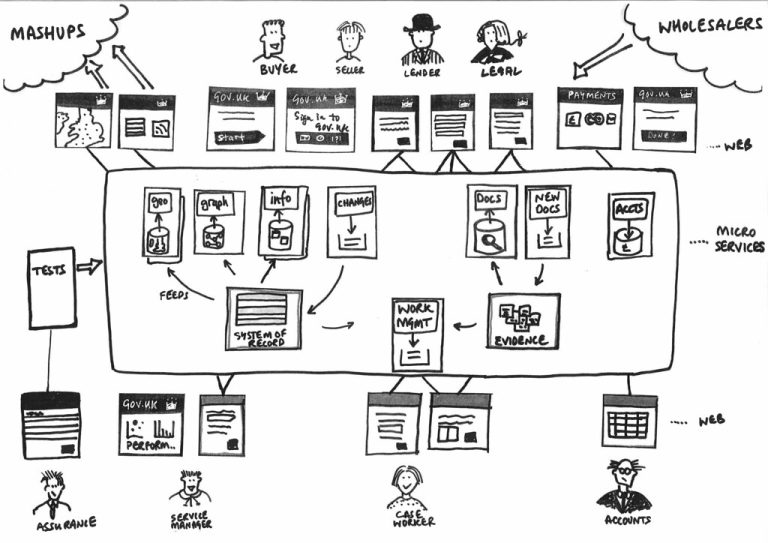The Evolution of Software Architectures
The Evolution of Software Architectures: From Mainframes to Microservices
Hey, folks! How have you all been? I was just sifting through my computer files the other day, and I stumbled upon an old piece of code that I had written when I was just dabbling in programming. It got me thinking about how much software architectures have evolved over the years. So I decided to jot down my thoughts and share them with you in this blog post!
The Early Days: Mainframes and Monolithic Architectures
Back in the day, we had something called ‘mainframes.’ Picture a colossal machine, humongous enough to take up an entire room, just to perform simple calculations! Of course, programming back then was as basic as you can imagine, mostly centered around monolithic architectures. You would have a single, gigantic codebase to handle absolutely everything.[1]
The Shift Towards Modular Programming
Then came the era of modular programming. Boy, that was a game-changer! We moved away from that massive lump of code to smaller, more manageable modules. It was like going from packing your entire life into one gigantic suitcase to having neatly organized compartments. If something went wrong, it was easier to track down and fix.[2] I must admit, it certainly helped save a lot of my hair from going grey too early!
The Dawn of Service-Oriented Architecture (SOA)
Then sparked the dawn of Service-Oriented Architecture (SOA). Suddenly, we could create independent services – each with a specific role – and let them communicate to perform complex operations. Think of it as a well-coordinated orchestra, where each musician plays their part perfectly.[3] That was about the time I lost entire weekends, entirely engrossed in creating intricate symphonies of code.
Welcome to the Era of Microservices
And now, we’re in the age of microservices. It’s like SOA on steroids. We’ve managed to break down complex applications into even smaller, loosely coupled, and independently deployable components.[4] Not to sound too dramatic, but it feels like we’ve gone from constructing colossal monoliths to building nifty LEGO pieces that fit in just perfectly!
As I look back at all the steps that brought us here, the drastic changes in software architectures over the years astound me. From the room-sized mainframes of yesteryears, we’ve now got powerful software architectures that can run on your smartphone.
Isn’t change exciting?






